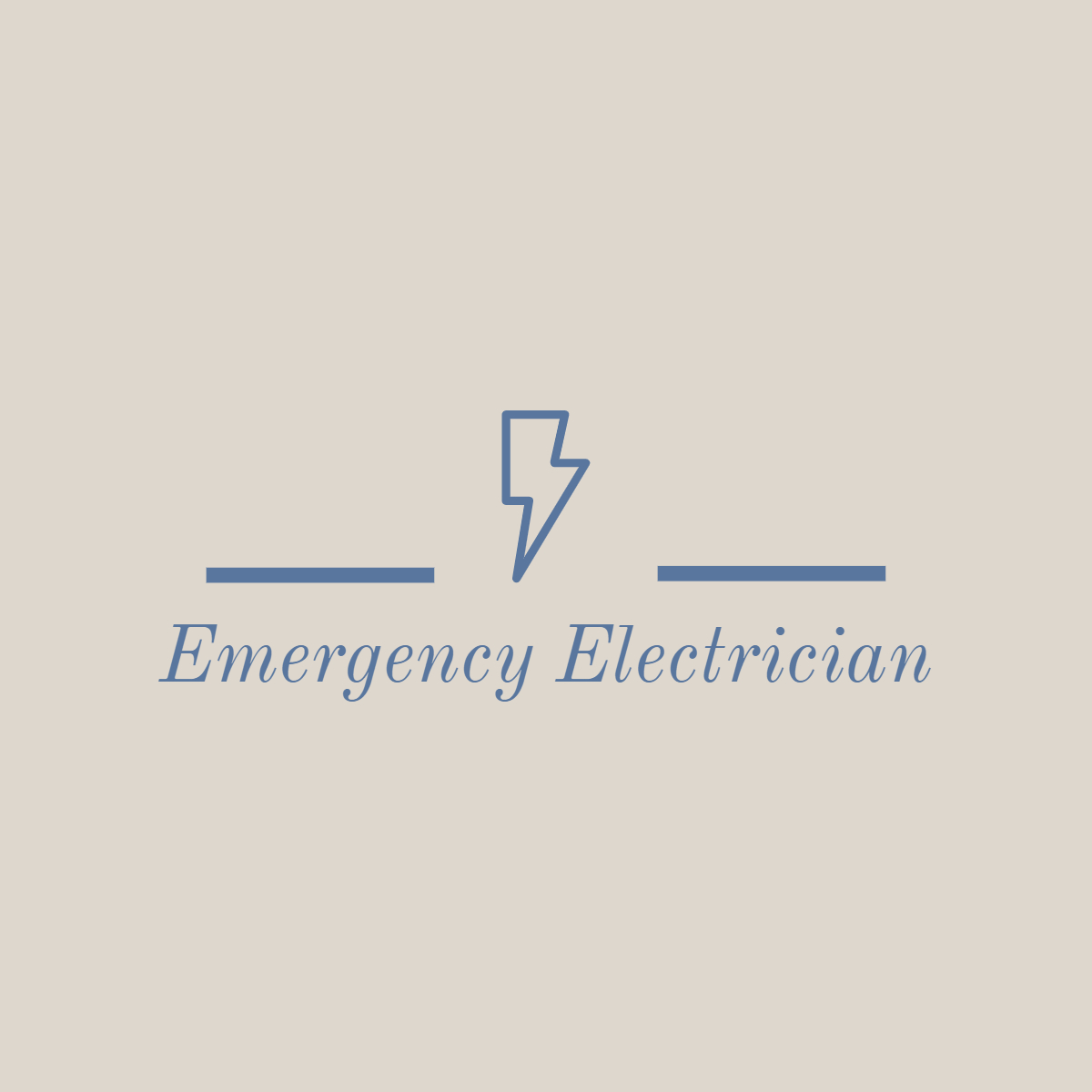Service area
Local Service in Brabling Green
Discover trusted professionals covering Brabling Green. Browse categories, check reviews, and connect instantly.
Quick view
Local specialists
Active listings
5
Share your project details and hear back quickly from verified providers in Brabling Green.
Local directory
Trusted pros in Brabling Green
Rapid Response Electrical Limited
✅NO CALL-OUT FEE ✅Fully Certified, I am covering local and surrounding areas as well, In times of emergency, you need an electrical service you can trust. Our emergency electrical services are available 24/7 to handle any urgent situation. Whether you have a power outage, a circuit overload, or a faulty wiring issue, our team of experienced electricians will be there to quickly and efficiently resolve the problem, ensuring your safety and the safety of your property. Don't wait, call us now for fast and reliable emergency electrical service. Thanks 😊 Yours sincerely, James Brown
AlarmFix Pro
🔴No cost for call-out 🔴Silence chirping smoke alarms 🔴Expert technicians 🔴Smoke detector maintenance 🔴Safety from fire and carbon monoxide 🔴Swift response, reliable service 🔴Guarantee top-notch condition 🔴Protect family/employees 🔴Say goodbye to constant beeping 🔴Dial for unparalleled expertise
ElectroScent Solutions
Introducing ElectroScent Solutions, your premier destination for resolving those concerning electrical issues with a distinctive touch. Experience the peace of mind knowing that our expert technicians specialize in tackling all matters related to the smell of burning electronics. With our unparalleled expertise in electrical diagnostics and repair, we're here to ensure your safety and comfort. Don't let the smell of burning wires linger—call ElectroScent Solutions today for prompt and reliable service. Your satisfaction is our priority, and with our proven track record of excellence, you can trust us to deliver results that exceed your expectations. Say goodbye to electrical worries and hello to a refreshed and inviting environment. Contact ElectroScent Solutions now and experience the difference firsthand.
TrippEase Solutions
⭐We are covering locally and surrounding Areas ⭐No charge for call-outs: TrippEase Solutions offers free call-out service. ⭐Keep your electricity flowing smoothly: Don't let frequent circuit breakers tripping disrupt your day. ⭐Specialized electricians: Our team specializes in fixing faulty fuses, tripped RCDs, and overloaded circuit breakers. ⭐Quick fixes: Don't be left in the dark due to simple switch or fuse issues – call us now! ⭐Comprehensive service: From outlets to heaters, lights to dryers, we handle all electrical problems. ⭐Ensure uninterrupted power: Say goodbye to worries about main circuit breakers tripping or appliances losing power. ⭐Stress-free solutions: Let us take the stress out of your electrical troubles and keep your home powered up. ⭐Experience the difference: Contact TrippEase Solutions today and experience reliable electrical service.
Luminex Solutions
✅We are covering local and surrounding Areas ✅No charge for call-outs: Luminex Solutions offers free call-out service. ✅Expert assistance: Our team provides expert help with any lighting issues you encounter. ✅Resolve any lighting problem: Whether it's blinking bulbs, buzzing fixtures, or strobing outdoor lights, we've got you covered. ✅Tailored solutions: Say goodbye to flickering lights and hello to customized, dimmable solutions. ✅Comprehensive service: From ceiling lights to porch lights, bathroom lights to recessed lighting, we handle it all. ✅Brighten up your surroundings: Contact us today to illuminate your space and say goodbye to lighting issues!
About the area
Brabling Green
UK
1. Why does the smoke alarm
beep?
Smoke
alarms beep to alert occupants to potential fire or smoke-related dangers and
to indicate various system conditions. Here are the primary reasons why smoke
alarms beep:
Smoke
Detection:
The
primary function of a smoke alarm is to detect the presence of smoke, which may
indicate a fire. When smoke particles are detected by the alarm's sensors, it triggers
an audible alarm, typically a loud beeping sound, to alert occupants to the
potential danger.
Low
Battery Warning:
Smoke
alarms often emit a periodic chirping or beeping sound to indicate a low
battery warning. This alerts occupants that the battery power is low and needs
to be replaced to ensure the smoke alarm remains operational.
End-of-Life
Warning:
Smoke
alarms have a limited lifespan, typically around 7-10 years. When they reach
the end of their recommended lifespan, they may emit a specific pattern of
beeps to indicate that they need to be replaced.
Malfunction
or Fault:
If
a smoke alarm detects a malfunction or fault within the system, such as sensor
failure, wiring problems, or internal component failure, it may emit a
continuous or patterned beeping sound to alert occupants to the issue.
Carbon
Monoxide Detection (for combo alarms):
Some
smoke alarms also function as carbon monoxide (CO) detectors. If elevated
levels of CO are detected, which can be life-threatening, the alarm will sound
to alert occupants to the presence of this odorless, colorless gas.
Testing
and Maintenance:
Smoke
alarms may emit a brief beeping sound during regular testing or maintenance
procedures. This confirms that the alarm is functioning correctly and helps
ensure its reliability in case of an emergency.
Environmental
Factors:
Extreme
temperatures, high humidity, or the presence of dust and debris can sometimes
trigger false alarms or cause the smoke alarm to beep. In such cases, the
beeping serves as a warning that the alarm may be affected by environmental
factors.
Understanding
the various reasons why smoke alarms beep can help occupants interpret the
alerts correctly and take appropriate actions to ensure their safety. Regular
testing, maintenance, and prompt response to alarm signals are essential for
the effective operation of smoke alarms in providing early warning and
protection against fire and smoke-related hazards.
